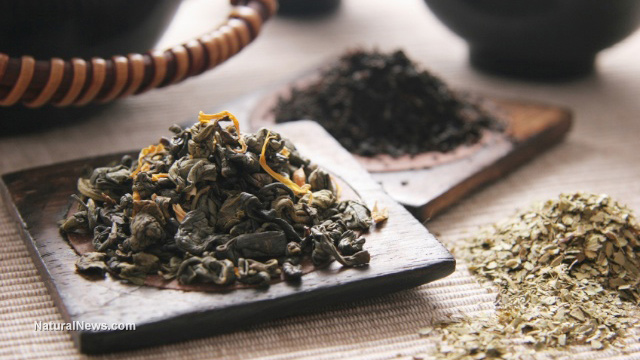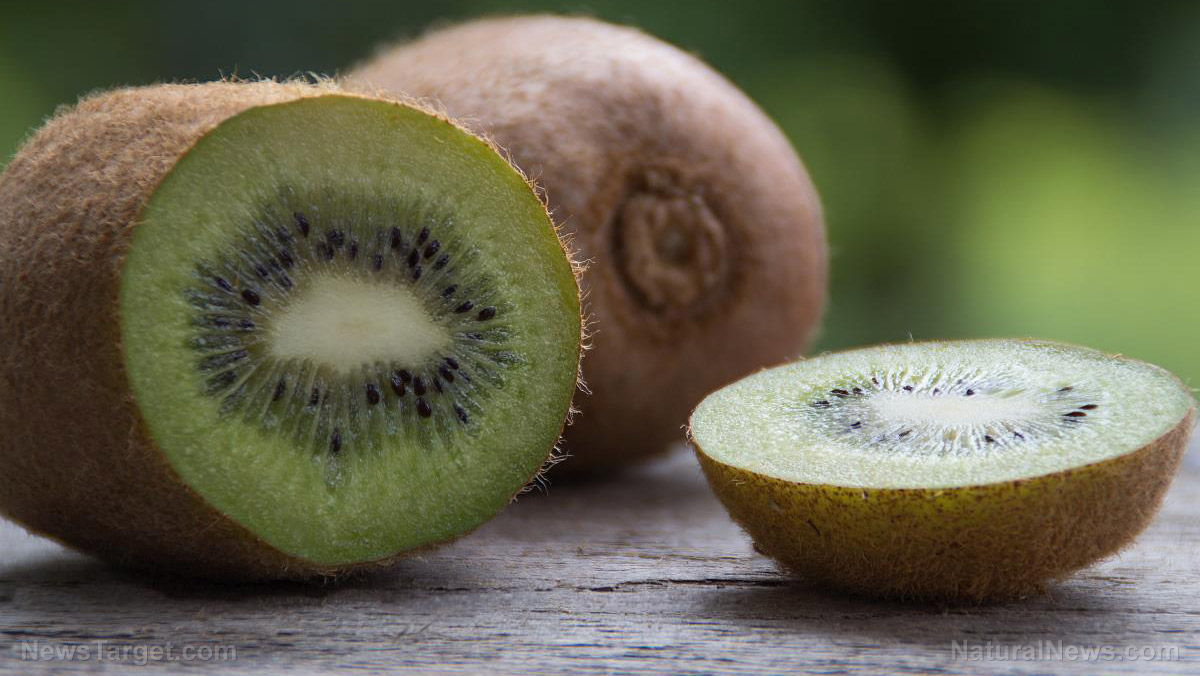
Epimedin C induces endothelial-like differentiation to promote vascularization
For their study, the researchers extracted epimedin C from Herba Epimedii (yin yang huo), the dried leaves of a traditional Chinese medicinal herb used to treat bone diseases and gonadal dysfunction. In their previous study, the researchers found that epimedin C could induce endothelial-like (but not osteogenic) differentiation of C3H/10T1/2 cells in vitro. C3H/10T1/2 is a clonal mouse embryo line used in the developmental determination of vertebrate stem cell lineages and their subsequent differentiation. C3H/10T1/2 cells can be induced to differentiate into multiple stem cell lineages.
Since the researchers already knew that vasculogenesis plays a pivotal role in bone formation, they used a bone morphogenetic protein 2 (BMP2)-induced ectopic bone formation model and mice 4T1 breast cancer cells co-implanted with luciferase-labeled C3H/10T1/2 cells (4T1 + C3H/10T1/2-Luc) model for their study. BMP2 is a cytokine and growth factor that stimulates the differentiation of myoblasts to osteoblasts. BMP2 also induces the formation of cartilage and bones.
The researchers found that epimedin C treatment significantly increased the bone weight and blood perfusion of mice in the BMP2-induced ectopic osteogenesis model. Supplementation with epimedin C also produced a more mature bone than the addition of BMP2 alone. In 4T1 tumor-bearing mice that received epimedin C, the researchers observed a significant increase in tumor weight, blood perfusion, and tumor-associated angiogenesis, suggesting a potent pro-angiogenic activity by epimedin C.
Angiogenesis is different from vasculogenesis. While both processes result in new blood vessel formation, vasculogenesis occurs mainly during embryonic development and is facilitated by EPCs, while angiogenesis takes place via "sprouting" of endothelial cells, which allows new blood vessels to take shape from already existing blood vessels. Angiogenesis is more associated with cancer growth and spreading.
Finally, the researchers reported that the mRNA levels of endothelial markers – namely, the platelet endothelial adhesive factor-1 (CD31), the endothelial cell-specific molecule-1 (ESM-1), and the vascular von Willebrand factor (vWF) in mouse 4T1 mammary tumor tissue – significantly increased after epimedin C treatment.
Based on these results, the researchers concluded that epimedin C effectively promotes vascularization both in the BMP2-dependent bone formation model and in the 4T1 mammary tumor-bearing model by inducing the endothelial-like differentiation of C3H/10T1/2 in vivo.
Epimedium and its health benefits
Epimedium is known by many names: barrenwort, horny goat weed, Herba Epimedii, bishop's hat, and ying yang huo. In traditional Chinese medicine, this herb is used either alone or in combination with other herbs to treat skeletal diseases. It is also an alternative treatment to conditions like hay fever, atherosclerosis, nerve pain fatigue, osteoporosis, and erectile dysfunction. (Related: TCM helps patients with mild cognitive impairment reduce some symptoms.)
In vitro studies on epimedium have demonstrated some of its medicinal properties. These include:
- Anti-cancer
- Anti-viral (particularly HIV)
- Radiosensitizing
- Bone protection (prevents postmenopausal bone loss)
- Reversal of tumor multi-drug resistance
- Amelioration of atherosclerosis
- Immunomodulatory
- Treatment of erectile dysfunction
- Promotion of nerve regeneration
- Improvement of damaged nerves
Besides treating diseases and providing relief, epimedium also contains antioxidants that enhance superoxide dismutase and glutathione peroxidase. These two enzymes ensure that cells acquire maximum protection against oxidative stress. For people who wish to try epimedium, consult with a health care provider first as the herb can interact with other medications, such as cortisone, aromatase inhibitors, prednisone, and others. High doses of epimedium can cause difficulty breathing, palpitation, and nausea.
Sources include:
Please contact us for more information.























